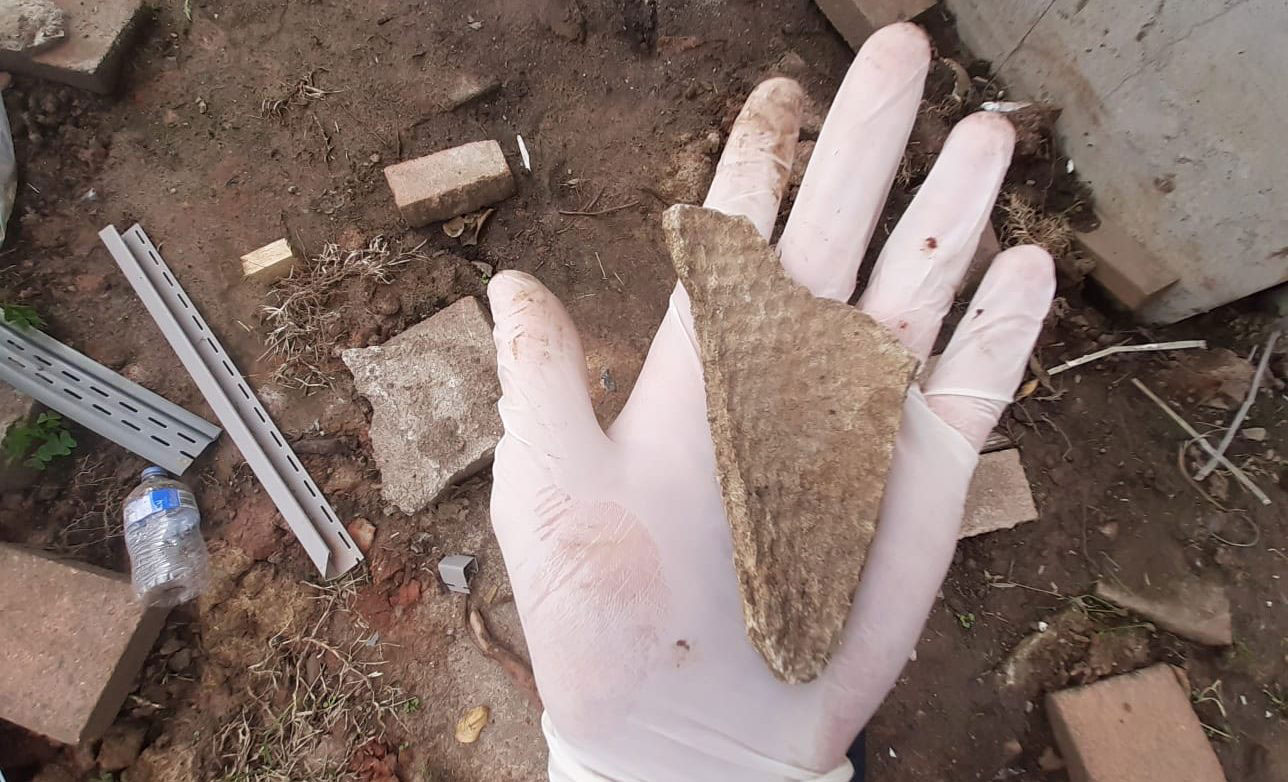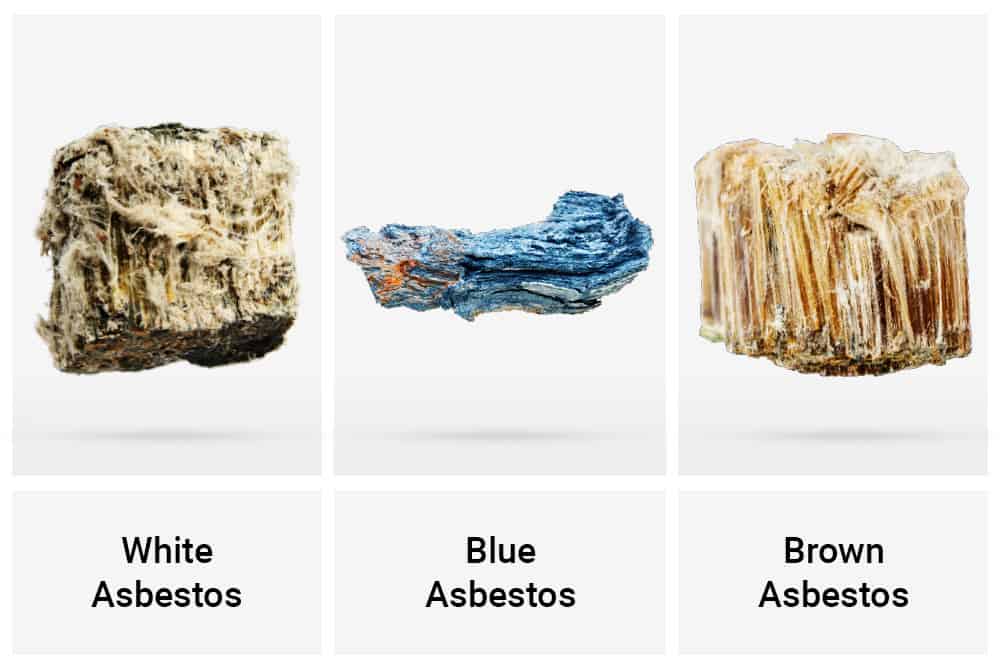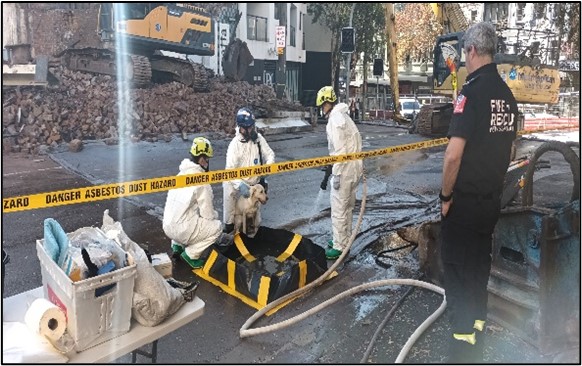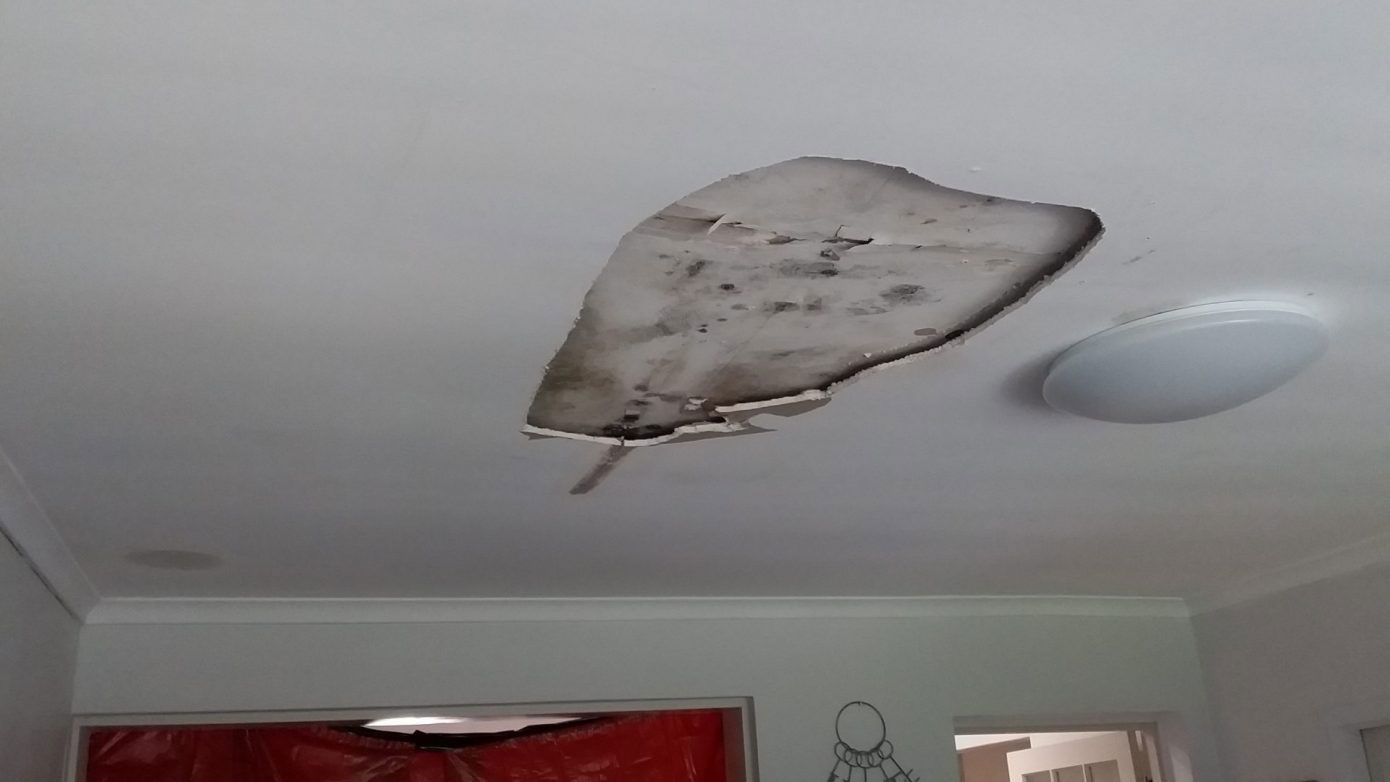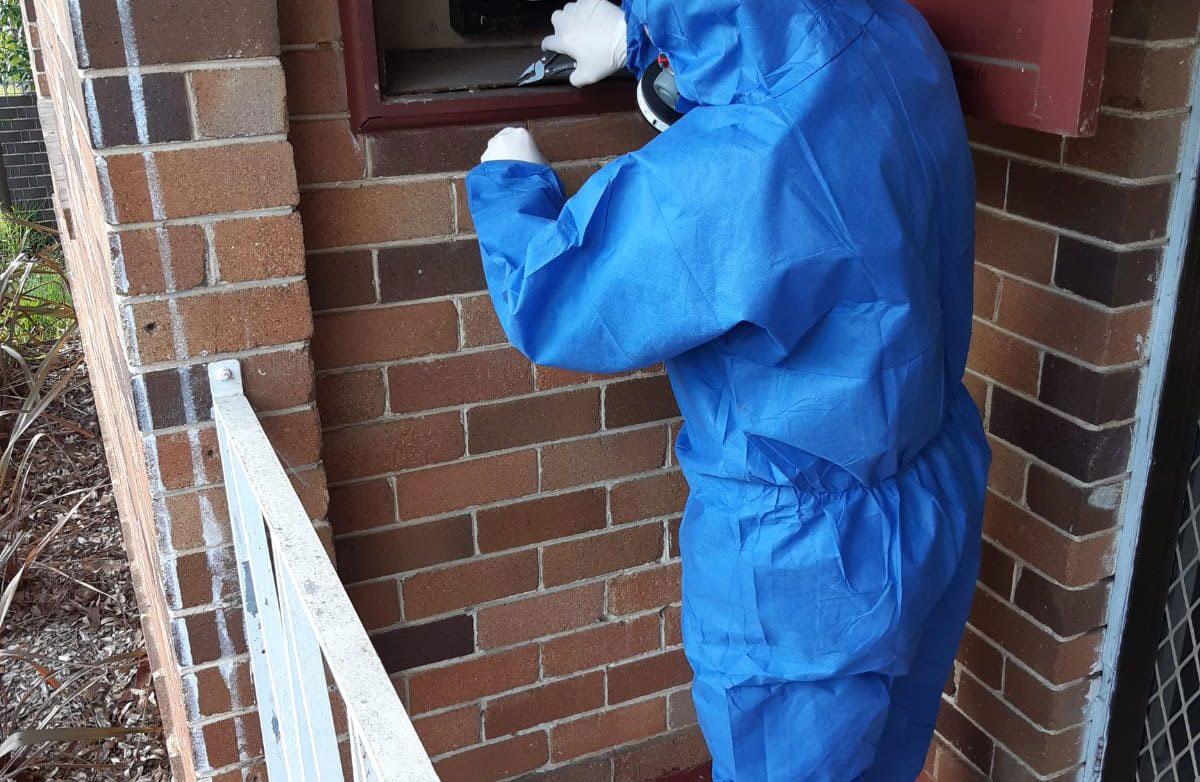Exposure to mould can pose various health risks, both in the short term and long term. Below are some of the dangers and symptoms associated with mould exposure:
Short-term dangers and symptoms:
Allergic reactions: Mould can trigger allergic reactions in susceptible individuals, leading to symptoms such as sneezing, coughing, itchy or watery eyes, runny nose, nasal congestion, and throat irritation.
Respiratory issues: Mould spores, when inhaled, can irritate the respiratory system and cause respiratory problems, especially in individuals with asthma or other respiratory conditions. Symptoms may include difficulty breathing, chest tightness, wheezing, and coughing.
Skin irritation: Direct contact with mould or its spores can cause skin irritation, including rashes, redness, itching, or hives.
Eye irritation: Exposure to mould can lead to eye irritation, causing redness, itching, watery eyes, or blurred vision.
Headaches: Some individuals may experience headaches or migraines when exposed to mould, particularly if they are sensitive to it.
Long-term dangers and symptoms:
Chronic respiratory issues: Prolonged exposure to mould can contribute to the development or worsening of chronic respiratory conditions, such as asthma or bronchitis. It may lead to persistent coughing, difficulty breathing, recurrent respiratory infections, and reduced lung function.
Sinusitis and sinus infections: Mould can cause chronic inflammation of the sinuses, leading to sinusitis. Symptoms include facial pain, pressure, nasal congestion, nasal discharge, and headache.
Immunological disorders: Some studies suggest that long-term exposure to mould may be linked to immune system dysregulation, potentially increasing the risk of autoimmune diseases or other immunological disorders.
Neurological symptoms: Although less common, some individuals have reported neurological symptoms from mould exposure, such as difficulty concentrating, memory problems, dizziness, fatigue, and mood swings.
Toxic effects: Certain types of mould, such as Stachybotrys chartarum (commonly known as “black mould”), produce mycotoxins that can have toxic effects on the body. Prolonged exposure to these mycotoxins may lead to more severe health problems, including organ damage, neurological symptoms, and even long-term cognitive impairment.
It is important to note that the effects of mould exposure can vary depending on an individual’s sensitivity, the type and amount of mould present, and the duration of exposure. If you suspect mould in your environment or experience any persistent health issues, it is advisable to consult a healthcare professional or seek assistance from a qualified mould remediation specialist.
If you spot mould in your house or workplace, it is important to address the issue promptly to prevent further growth and minimize potential health risks. The following are some recommendations:
Safety first: Take necessary precautions to protect yourself from mould exposure. Wear protective gear such as gloves, goggles, and a mask (N95 or higher) to avoid inhaling mould spores or coming into direct contact with the mould.
Assess the extent of the problem: Determine the size and scope of the mould growth. If it covers a small area (less than 10 square feet), you may be able to handle it yourself. However, if the affected area is larger or if you have underlying health conditions, it is advisable to seek professional help.
Moisture control: Mould requires moisture to grow, so addressing the source of moisture is crucial. Identify and fix any water leaks, plumbing issues, or areas of high humidity that may be contributing to the mould growth. Improve ventilation in areas prone to moisture, such as bathrooms, kitchens, and basements.
Containment: Prevent the spread of mould spores to unaffected areas by isolating the contaminated area. Close off doors and seal off vents or openings with plastic sheeting and tape.
Professional assistance: For larger mould infestations or if you have concerns about your health, it is recommended to hire a professional mould remediation specialist. They have the expertise and equipment to safely remove the mould and address the underlying moisture issues.
Preventive measures: After mould remediation, take steps to prevent future mould growth. Regularly clean and inspect areas prone to moisture. Maintain proper ventilation and control humidity levels in your home or workplace. Consider using mould-resistant materials in areas susceptible to mould growth, such as bathrooms or basements.
Remember, if you have health concerns or if the mould problem is extensive, it is always best to consult with professionals who specialize in mould remediation to ensure a thorough and safe cleanup.

